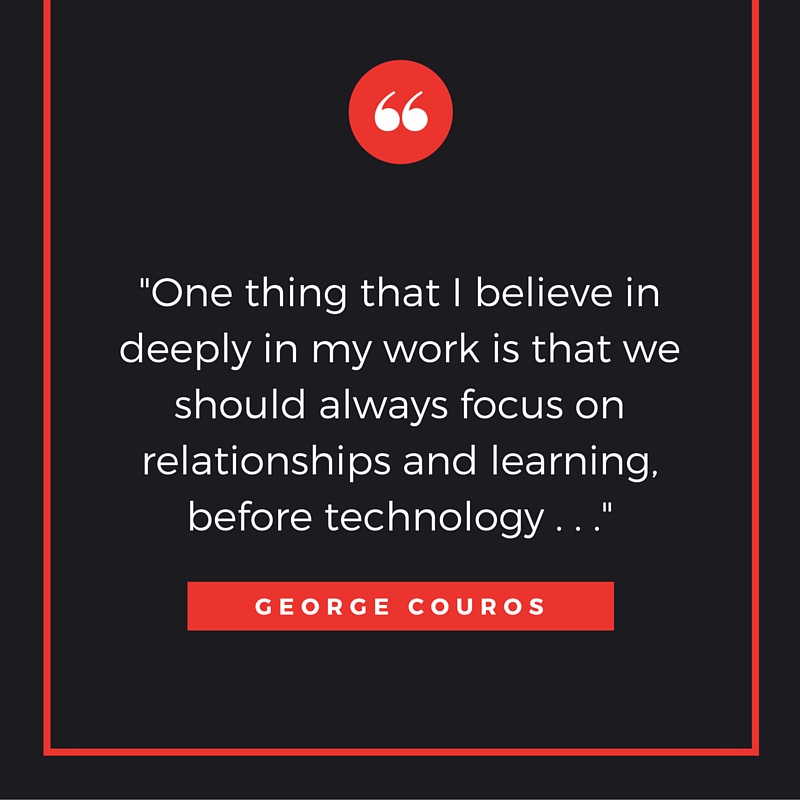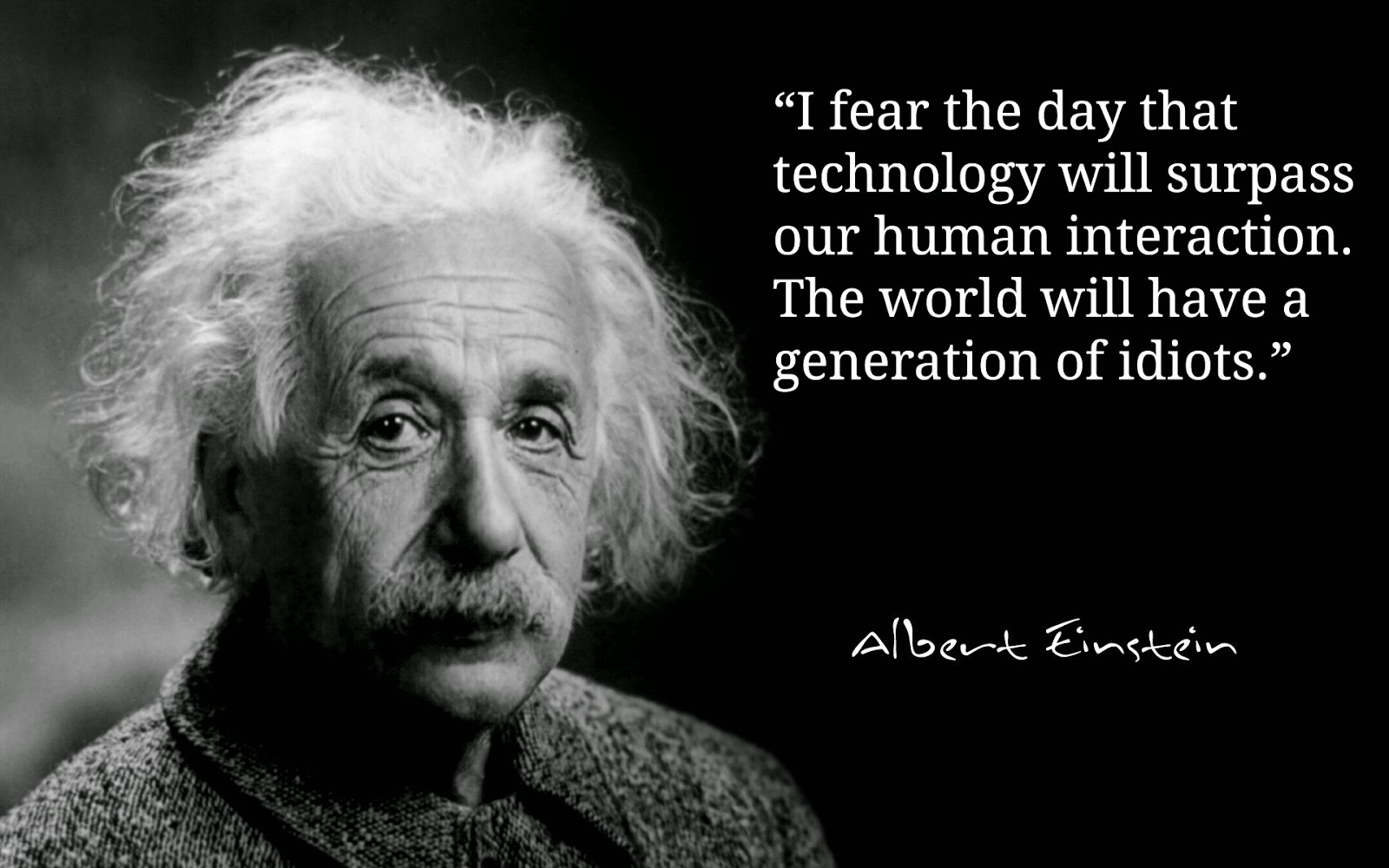Better Communication, Better Learning

One of my goals as a teacher is to help my students grow as independent learners. Inherent in that goal are essential skills like accountability and communication and qualities like motivation and reflection. Often, these are lessons learned through experience and are hard to teach to students, no matter the age.

But yesterday, when I received an e-mail, Remind chat message, and private message on Google Classroom, I began to reflect on ways that technology can help improve communication and address these goals. All of these messages has specific questions from students regarding their homework so they could do their best work before the assignment was due. Through technology, students and teachers have more avenues for safe communication, allowing us to continue to build relationships and help students learn and grow before, during, and after our actual class time.
We use a lot technology in my class, but the more I think about it the more I realize one its main purposes and impacts. Sure, it can and often does transform our learning experiences. But just as importantly, it helps foster stronger communication and relationships. My students can reach out to me anytime and I have so many opportunities to help them make progress, especially during the learning process. Instead of waiting for work to be turned in and reacting to it, I can work with students to improve through formative assessment and proactively impact their achievement. Even better, I can help them discover tools and strategies to advocate for themselves and communicate effectively.
Check out George Couros’s post, "It’s not about the technology…or is it?"
For more of my writing about teaching students accountability to impact achievement, check out 3 Tips for Maintaining Teacher Sanity While Building Independent Learners and Improve Feedback & Student Work in Google Classroom with the Blank Doc.

Technology for Communication
Twitter. Remind. Google Classroom. E-Mail. There are countless communication tools out there--take your pick. I tell my students that we use Twitter to share with the world, our Google+ Community to share with the class, and Classroom to share with the teacher. Remind now allows for the two-way chat, which adds another tool for immediate communication. I use them all regularly and try to emphasize the different purposes I see for each. Maybe it’s too much but I think it works for me--do what works for you.
But those students who send the Remind message, Classroom note, or E-mail are the ones who reflected, grew, and got the help they needed. These are the students who consistently end up with the strongest work and take advantage of the opportunities to succeed. Instead of turning in weak work, or no work at all, they asked for help and got it--and the learning was evident.
Because we have tools that allow for safe, immediate, and meaningful communication, I have a better relationship with my students, a stronger class community, and my students learning and achievement is always improving.
Tools and ideas to transform education. Sign up below.
Image from www.hippoquotes.com

How can we use technology to enhance our human interactions to avoid Einstein’s fear?
There’s nothing more frustrating than the student who interrupts the start of class to find out what we did when they were absent. Or the e-mail that reads, “Can I come for extra help?” Of course you can, but the series of back and forth e-mails to find out when and why are not the best use of anyone’s time and efforts.
I want to help my students succeed but also want to teach them to be responsible and to advocate for themselves in a meaningful way, with specificity and purpose. Technology helps here by providing students with resources to get the information or resources they need. For me, this includes a Google Appointment Calendar for extra help and an Assignment Calendar with all of my lesson resources. When students are absent or need help, they can check these resources at their convenience and then come to me with specific questions or concerns. That way, our time is used more productively, the students are actively working to make progress, and they are responsible for their own success.
And when I make a mistake or need help, I like for them to hold me accountable, too. Students can fill out a grade change form if I made a grading error and often give me electronic feedback about the class, too. I like to model the growth mindset and show how technology makes me a more effective communicator and teacher, too.
These ideas aren’t new or revolutionary but they’ve found some success in my classroom and with my students lately. I hope to see my students’ communication skills and responsibility continue to grow.
What are your favorite tools or strategies for communicating with and helping students succeed through technology? Share your ideas in the comment or on Twitter.
cross posted at www.aschoenbart.com
Adam Schoenbart is a high school English teacher, Google Education Trainer, and EdD candidate in Educational Leadership. He teaches grades 10-12 in a 1:1 Chromebook classroom at Ossining High School in Westchester County, NY and received the 2014 LHRIC Teacher Pioneer Award for innovative uses of technology that change teaching and learning. Read more at The SchoenBlog and connect on Twitter @MrSchoenbart.
